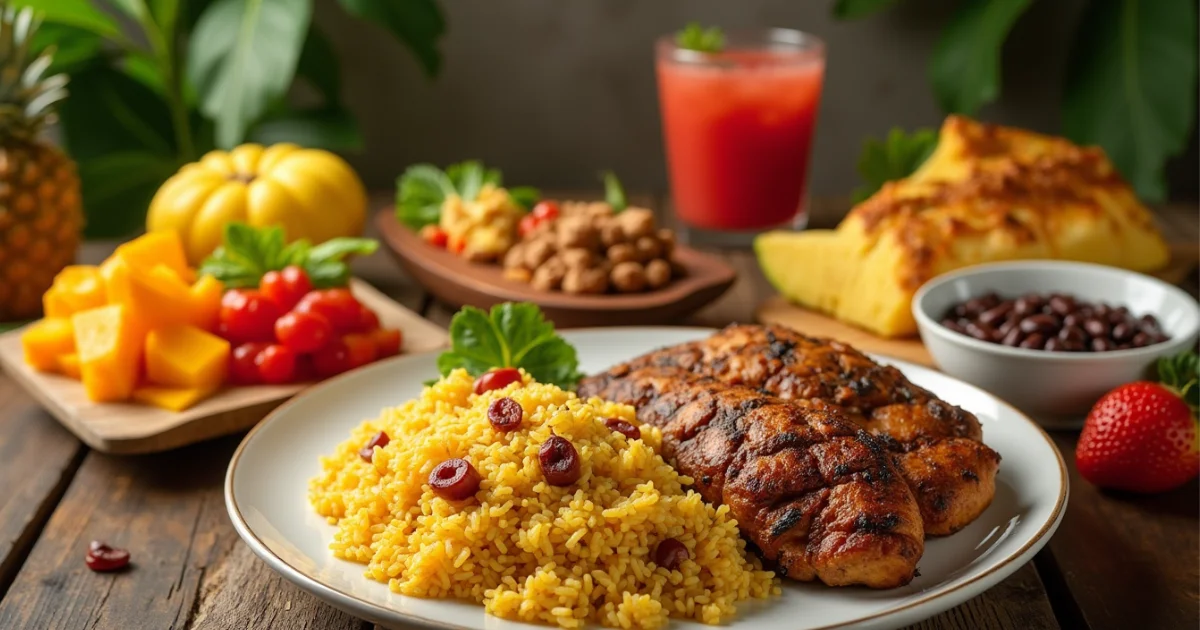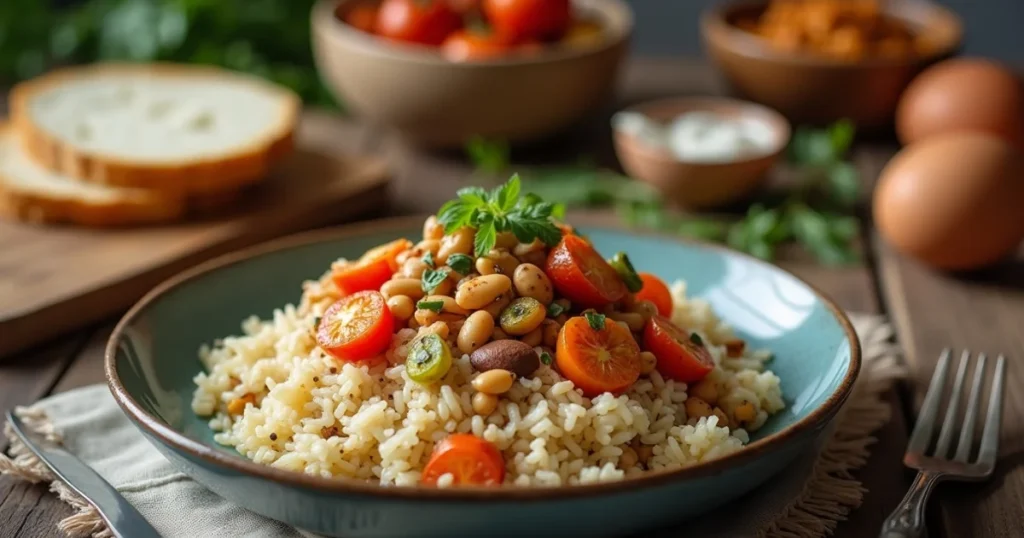Introduction to Costa Rican Food
Costa Rican food is a vibrant mix of flavors, culture, and tradition. If you’re someone who loves exploring new cuisines, this Central American gem offers a delightful culinary adventure. But what sets Costa Rican cuisine apart? Let’s dig in!
Table of Contents
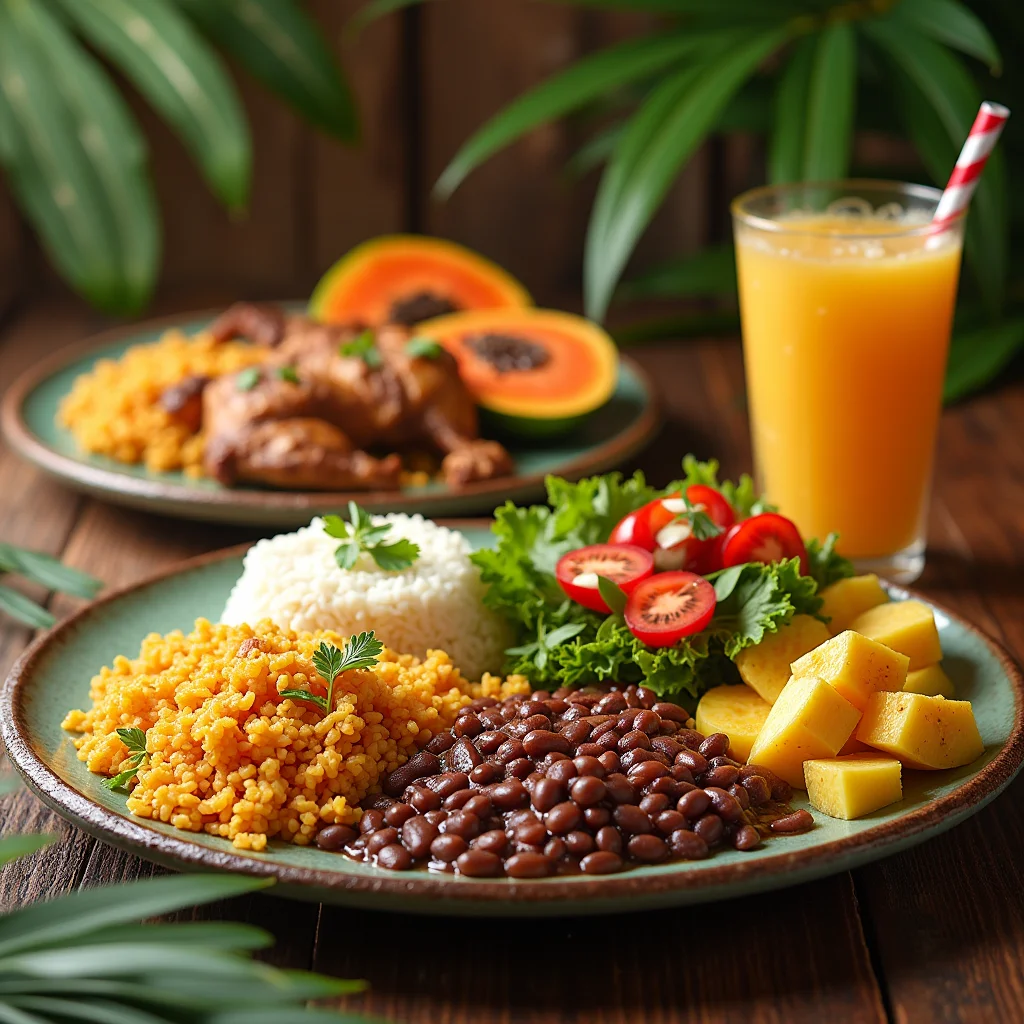

What Makes Costa Rican Cuisine Unique?
The simplicity, freshness, and use of natural, regional ingredients characterize Costa Rican cuisine. The unique blend of indigenous, Spanish, African, and Caribbean influences shapes the food culture, offering dishes that are rich in tradition yet easy to prepare. Here’s what truly sets it apart:
1. Focus on Fresh Ingredients
Costa Rican food prioritizes fresh, seasonal ingredients. Staples like rice, beans, plantains, and tropical fruits such as mangoes, pineapples, and papayas are readily available and widely used. Seafood, particularly in coastal regions, is often caught the same day it’s served, ensuring exceptional freshness.
2. Balanced and Nourishing Meals
A typical Costa Rican meal is designed to be both hearty and nutritious. The popular dish “casado,” for instance, combines rice, beans, plantains, salad, and a protein such as chicken or fish, offering a perfect balance of carbohydrates, protein, and fiber.
3. Mild Yet Flavorful
Unlike the spicy dishes associated with some Latin American cuisines, Costa Rican food is known for its mild flavors. The use of fresh herbs, spices, and sauces like the iconic Lizano sauce adds depth without overwhelming heat, making it suitable for a wide variety of palates.
4. Cultural Fusion
The varied cultural legacy of Costa Rica is reflected in its cuisine. Indigenous cooking methods and ingredients, such as corn and yucca, blend seamlessly with Spanish techniques and African-Caribbean flavors. This fusion creates dishes like rice and beans cooked in coconut milk, a Caribbean-style favorite.
5. Strong Emphasis on Sustainability
Costa Rica is known for its eco-conscious mindset, and this extends to its food. Many ingredients are sourced locally and sustainably, reflecting the country’s commitment to preserving its environment.


Influences on Costa Rican Food Culture
Costa Rican food is a blend of indigenous, Spanish, African, and Caribbean influences. This mix creates a unique fusion of flavors that is both comforting and exciting.
Staples of Costa Rican Cuisine
Gallo Pinto: A Breakfast Classic
Gallo Pinto, a dish made with rice and beans, is the heart and soul of Costa Rican breakfasts.
- How Gallo Pinto is Made
Gallo Pinto combines leftover rice and beans, mixed with onions, peppers, and the signature Lizano sauce. - Cultural Significance of Gallo Pinto
This dish symbolizes Costa Rica’s love for simplicity and flavor. It’s a breakfast tradition shared across households.
Rice and Beans: More Than a Side Dish
Rice and beans aren’t just staples; they’re a way of life in Costa Rica.
- Variations Across the Country
On the Caribbean coast, rice and beans are often cooked in coconut milk, giving them a rich, creamy flavor.
Popular Costa Rican Dishes
Casado: The Ultimate Meal
A casado is a hearty plate that brings together all the best flavors of Costa Rican cuisine.
- Components of a Traditional Casado
A typical casado includes rice, beans, plantains, salad, and a choice of protein, such as chicken or fish. - Where to Find the Best Casado
Look for local sodas (small family-run eateries) for an authentic experience.
Olla de Carne: A Hearty Soup
This traditional beef soup is loaded with vegetables like yucca, carrots, and plantains. It’s perfect for a comforting meal.
Arroz con Pollo: A Festive Favorite
Arroz con Pollo, or chicken and rice, is a must-try dish often served at celebrations.
Chifrijo: A Bar Snack Staple
This layered dish combines rice, beans, pork, and pico de gallo, making it the ultimate bar snack.
Fresh and Tropical Ingredients
Exotic Fruits in Costa Rica
Costa Rica’s tropical climate means an abundance of fresh fruits.
- Mango, Papaya, and Pineapple
These are just a few staples you’ll find at every market. - Unique Fruits You Must Try
Don’t miss out on guanabana, mamón chino, and pejibaye!
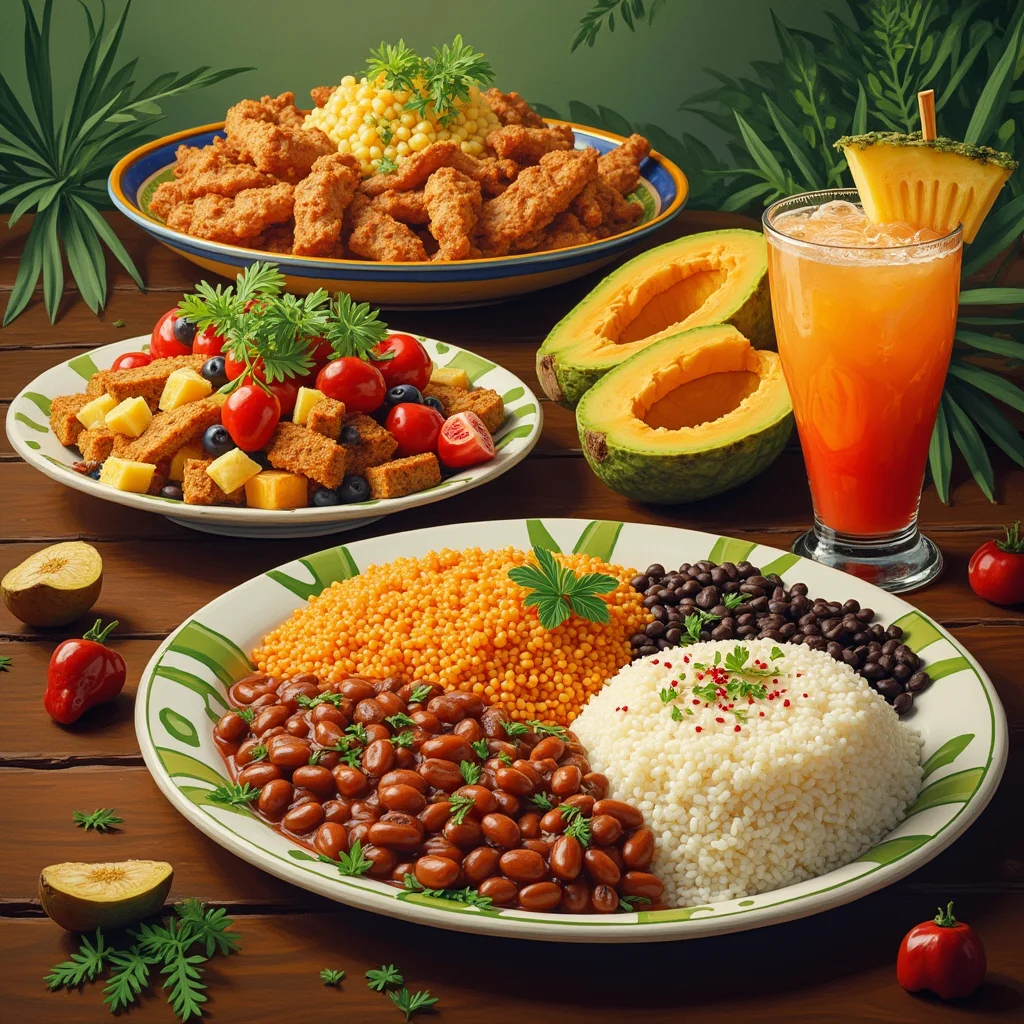
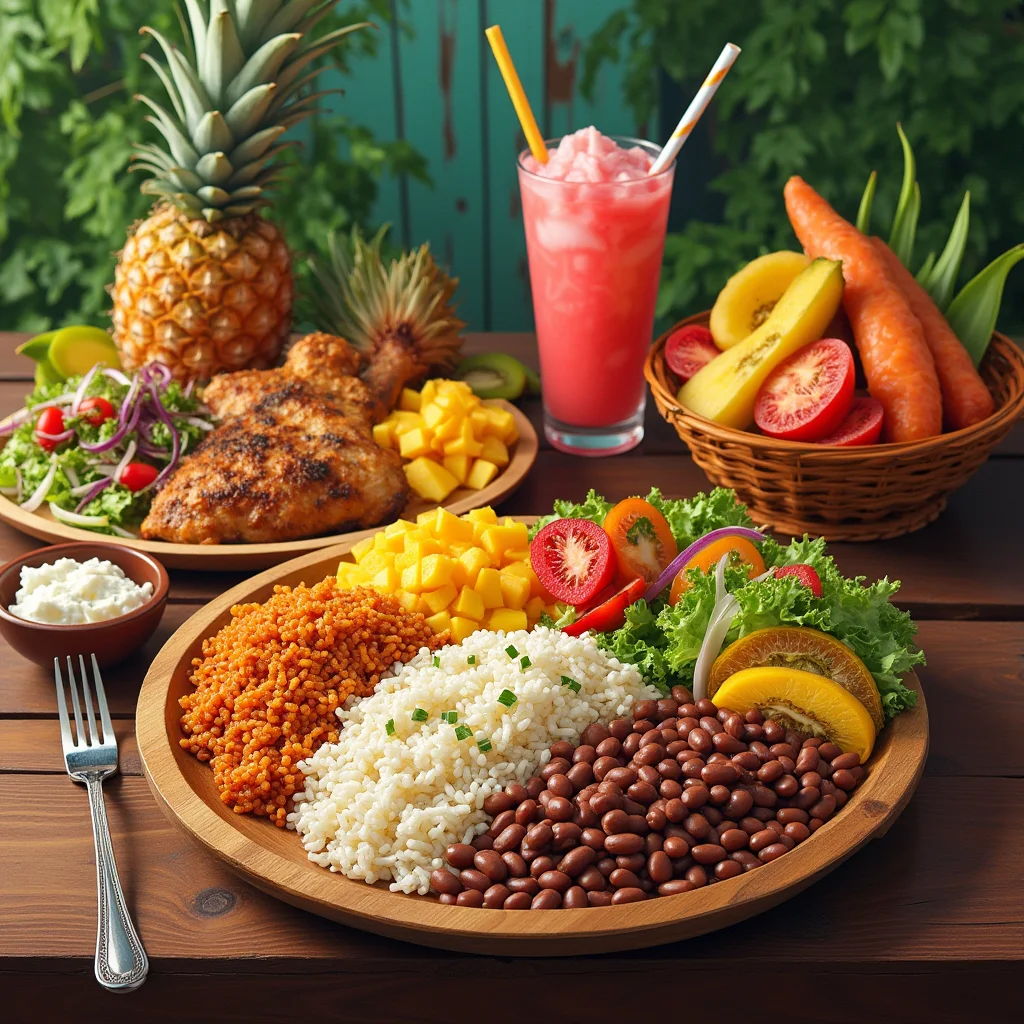
Fresh Seafood on the Coasts
With coastlines on both the Pacific and Caribbean, Costa Rica offers some of the freshest seafood you’ll ever taste.
Traditional Costa Rican Drinks
Agua Dulce: A Sweet Tradition
Made from sugarcane, this warm drink is a comforting way to start your day.
Coffee Culture in Costa Rica
Costa Rica’s coffee is known worldwide for its rich flavor and high quality.
- Why Costa Rican Coffee is World-Class
The country’s volcanic soil and high altitudes make for perfect coffee-growing conditions.
Desserts and Sweet Treats
Tres Leches Cake: A Milky Delight
This sponge cake soaked in three types of milk is a crowd favorite.
Arroz con Leche: Sweet Comfort in a Bowl
Rice pudding, flavored with cinnamon and vanilla, is a simple yet satisfying dessert.
Dining Etiquette in Costa Rica
What to Expect at a Costa Rican Table
Meals are relaxed and family-oriented. Don’t be surprised if meals last longer than you’re used to!
Key Phrases for Dining Out
Learn how to say things like “¿Me puede dar el menú, por favor?” (Can I have the menu, please?) to make your dining experience smoother.
Costa Rican Food Festivals
Celebrating the Country’s Culinary Heritage
Food festivals are a fantastic way to experience the country’s culinary traditions.
Must-Attend Food Events
Events like the Feria del Tamal and coffee festivals are not to be missed.
How to Experience Costa Rican Food Abroad
Restaurants Serving Costa Rican Cuisine
Many cities around the world have restaurants specializing in Costa Rican dishes.
Making Costa Rican Dishes at Home
With a few key ingredients like rice, beans, and Lizano sauce, you can recreate the magic of Costa Rica in your own kitchen.
Conclusion
Costa Rican food is more than just a meal—it’s an experience that connects you to the country’s vibrant culture and traditions. Whether you’re enjoying a plate of Gallo Pinto or sipping a cup of Costa Rican coffee, every bite and sip tells a story.
FAQs
1. What is the most popular dish in Costa Rica?
Gallo Pinto is considered the most iconic dish in Costa Rica.
2. Are Costa Rican foods spicy?
No, Costa Rican cuisine is generally mild but full of flavor.
3. What are some vegetarian options in Costa Rican cuisine?
Gallo Pinto, rice and beans, and vegetable-packed soups are excellent choices.
4. Is Costa Rican coffee worth trying?
Absolutely! Costa Rica is known for its high-quality, aromatic coffee.
5. Where can I learn Costa Rican recipes?
You can find plenty of recipes online or invest in a Costa Rican cookbook.
6. What are the must-try Costa Rican desserts for first-time visitors?
For first-time visitors, some must-try Costa Rican desserts include tres leches cake, arroz con leche (rice pudding), and churchill (a refreshing shaved ice treat).
7. Are Costa Rican desserts influenced by other cultures?
Yes, Costa Rican desserts reflect influences from Spanish, African, and Caribbean cuisines, incorporating ingredients like coconut, spices, and sugar cane.
8. What is a common ingredient in Costa Rican sweet treats?
Common ingredients in Costa Rican desserts include condensed milk, coconut, tropical fruits, and sugar cane products, all of which highlight the country’s natural resources.
9. Are Costa Rican desserts suitable for children?
Absolutely! Many desserts, such as churros, arroz con leche, and cajetas, are family-friendly and loved by kids.
10. Can I make Costa Rican desserts at home?
Yes, many Costa Rican dessert recipes, like tres leches cake and cocadas, are simple to recreate at home with easily accessible ingredients!
